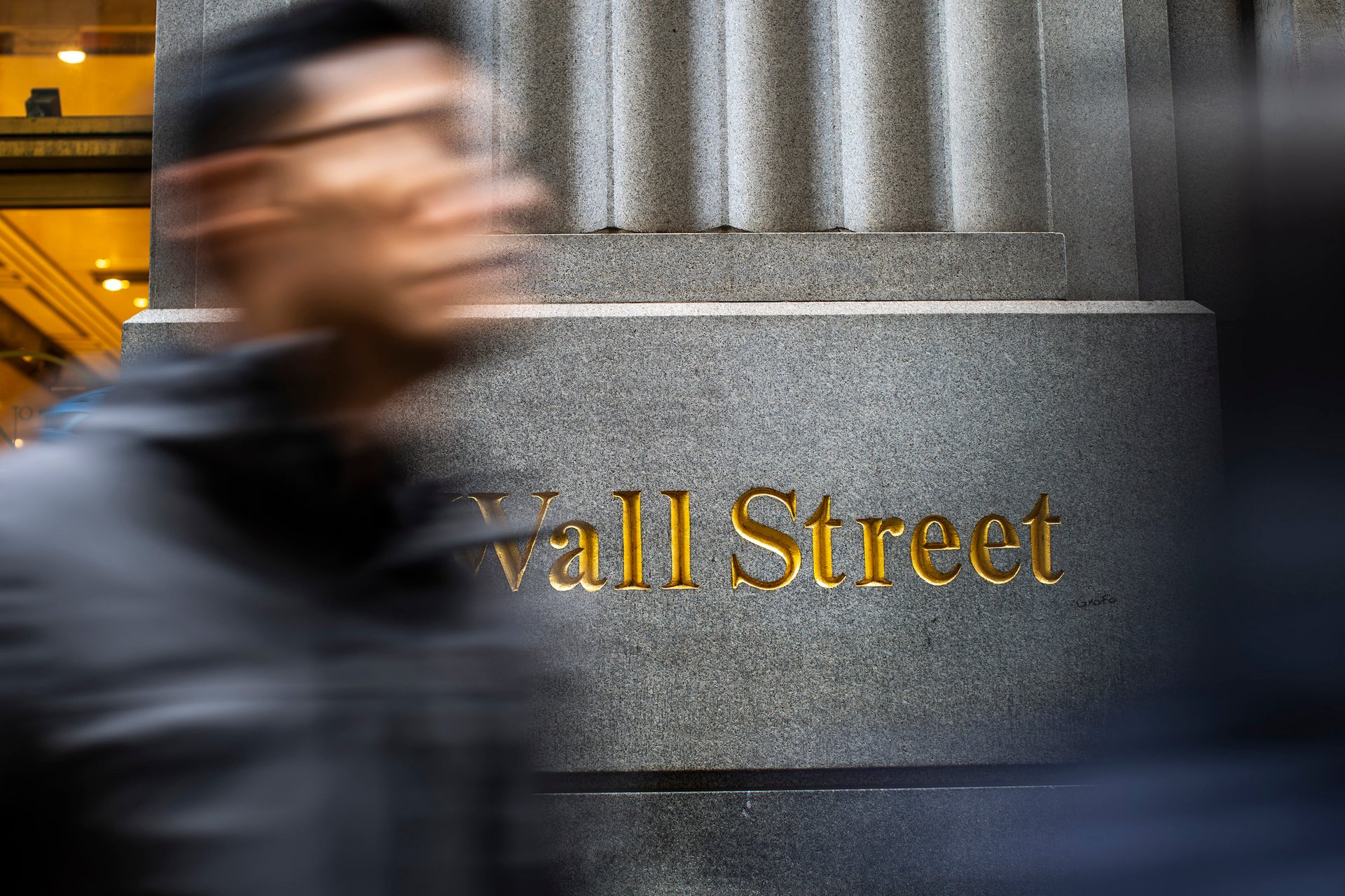Fees for funds keep dropping, and investors pocket the rewards
In a virtuous cycle that’s only helped investors, fees keep dropping for mutual funds and exchange-traded funds

NEW YORK (AP) — In a virtuous cycle that's only helped investors, fees keep dropping for mutual funds and exchange-traded funds.
Suggested Reading
Last year, investors in stock mutual funds paid an average of 42 cents in fees for every $100 they had invested. That's down from 44 cents the year before and from $1.04 in 1996. Fees were even lower for investors in stock ETFs, where they paid an average of just 15 cents last year for every $100 invested, according to the Investment Company Institute.
Related Content
Investors never see a bill when funds extract their fees to pay fund managers and provide other services. The cash comes directly from the fund's total assets. Funds will show what percentage is going to cover such fees each year in what's called an expense ratio.
Fees have been dropping sharply for all kinds of funds in recent decades, whether they invest in stocks, bonds or a mix of them. The drop is partly explained by investors flocking to lower-cost funds. In such cases, funds can spread their expenses over an even wider base of dollars, which means their expense ratios can drop. That in turn can attract even more investment in the future, continuing the cycle.
Lower expense ratios give a fund's manager a lower hurdle to surpass in order to beat other funds' after-fee results, which is what matters for investors.
Some types of funds typically carry higher expense ratios than others, depending on their specialty. Funds that invest in stocks often have higher expenses than those that invest in bonds, where low yields could cap possible returns. Small niche areas requiring more research by its fund managers can also carry higher price tags, such as high-growth stocks of smaller companies.
Fund fees have also been dropping as investors opt more for index funds. These funds don't hire teams of analysts and managers hoping to beat the market. They instead try to track the S&P 500 or another index, and they typically charge fees closer to zero.
One area where the trend reversed last year was among money-market funds. There, the average expense ratio rose by 0.09 percentage points to 0.22%. That was mostly because of a decline in funds offering waivers on their expenses to shareholders.
For years, short-term interest rates near zero forced money-market funds to waive their fees to prevent investors from losing money. Over the last two years, though, the Federal Reserve has hiked its main overnight interest rate to a range of 5.25% to 5.50%. That allowed money-market funds to collect more fees while still giving their investors positive returns.